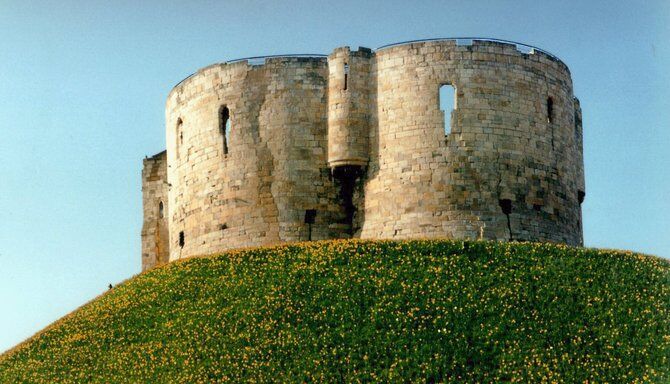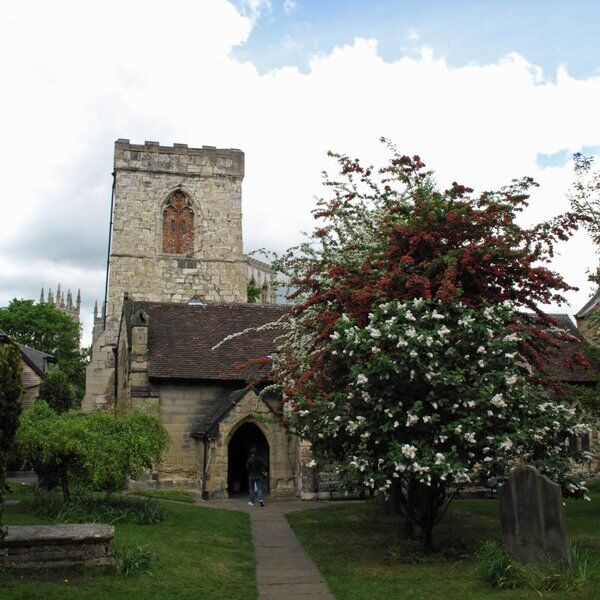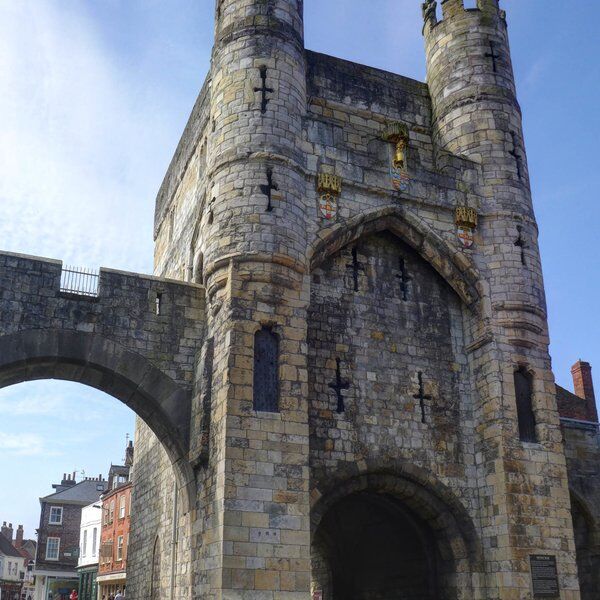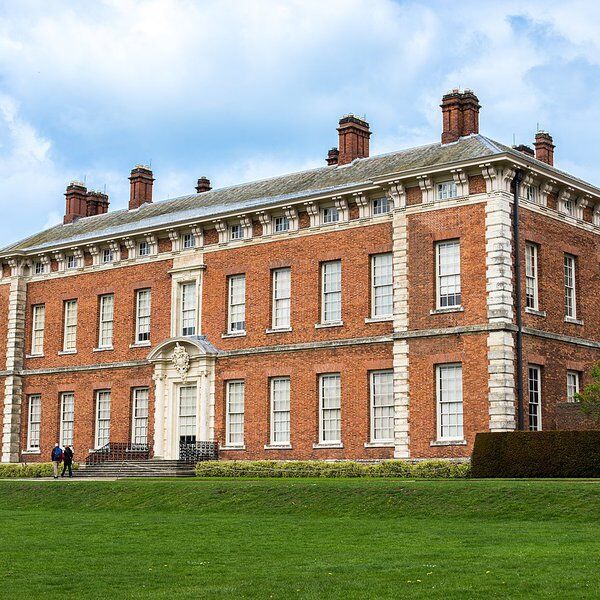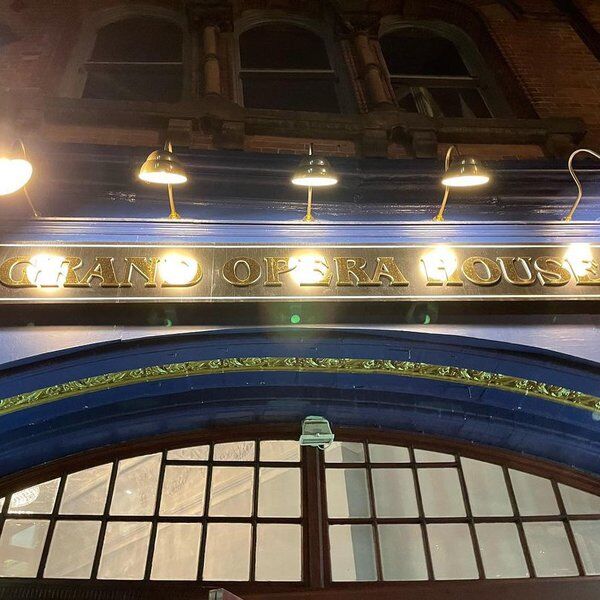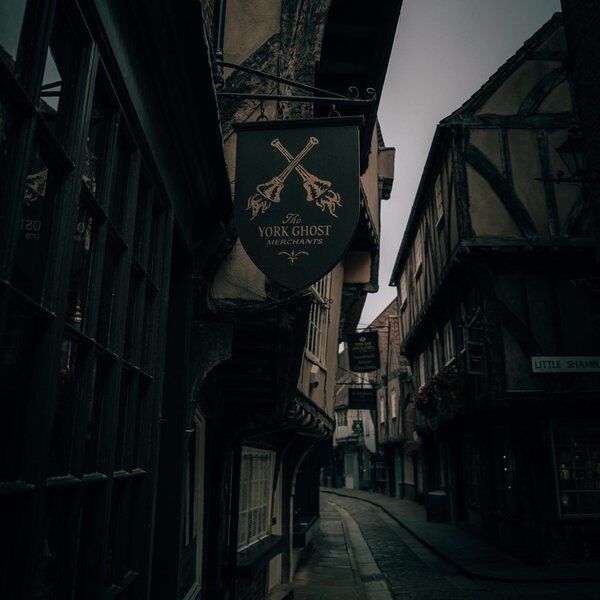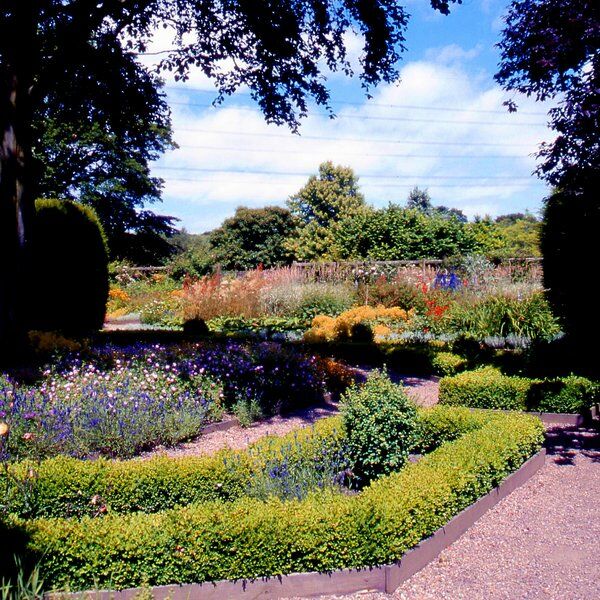Following the Norman conquest of England in 1066, the new king, William I, built castles up and down the country. And more than one of these was put up in York.
Faced with Scottish invasion, Henry III decided, in 1244, that his defences needed improving. A limestone wall, gatehouse and keep were built as part of this project.
Built in 1068, in what might have been as little as eight days, York's first castle was a wooden motte and bailey.
A year later, however, William I decided that this was not enough, and a second castle was built, on the opposite bank of the River Ouse.
This did not do enough to improve York's defences, however. A year later, a viking fleet sailed up the river and attacked the city. The castles were taken and partially dismantled. William I still had work to do if he wanted to control the North.
The 'Harrying of The North'
In response to the viking invasion of York, and other similar attacks, he initiated a campaign to bring the North back in line. Once order had been sufficiently restored, he took care to see that York's Castles were rebuilt and improved.
A moat was added, alongside an artificial lake. The second castle was abandoned and efforts were refocused on making the first as formidable as possible.
Atrocities At York Castle
Towards the end of the 12th Century, York Castle was the site of one of the worst genocides of medieval England.
In 1190, a community of York Jews were forced to take shelter in the castle by a murderous mob. The castle's constable went out to speak to the mob, but, afraid he might betray them, the Jewish shelterers refused to let him back in.
A siege ensued.
Soon, the shelterers' position became untenable. Facing murder by the mob and the possible mutilation of their bodies, they decided to take extreme measures. Collective suicide.
The castle was set on fire. Those who did not die in the flames were killed at the hands of the mob. A total of 150 Jews perished.
The 13th Century
The castle was again rebuilt, first in its original wood, and then later in stone.
Faced with Scottish invasion, Henry III decided, in 1244, that his defenses needed improving. A limestone wall, gatehouse and keep were built as part of this project.
This keep can still be seen today. It was originally known as, 'The King's Keep', but is now commonly referred to as Clifford's Tower.
Walls Work Two Ways
York Castle soon grew into one of the crowning jewels in Northern England's defences. A mint was built there and a court system to rival that of London.
Where there is a court, however, there must also be criminals. By the end of the 14th Century the castle was being used extensively to hold prisoners. And this trend would continue over the years to come.
York Castle Penitentiary
Despite being considered a key security asset, York castle was allowed to fall into disrepair across the course of the 15th Century.
Soon, it was fit only for housing prisoners. Well, for housing them... and hanging them, the top of Clifford's Tower being ideal for the display dead traitors.
Civil War at York Castle
It wasn't until midway through the 17th Century that it was once again used for military purposes.
In 1642, Civil War broke out. Those loyal to the king garrisoned the castle for the 'Royalist' cause.
Under the leadership of Henry Clifford (for whom the keep is now named), its defences were repaired and strengthened. This turned out to not be enough, however.
Siege
In 1644, the castle was surrounded by an army of 30,000 'Roundheads'- those opposed to the king. A two month siege followed.
The defences withstood bombardment, but, when a force was sent to relieve the besieged Royalist's and then was promptly defeated, they were left with no choice but to surrender.
Ultimately, however, this did not turn out to be fatal for the Royalist cause. The War was eventually won and King Charles II was reinstated.
Remember, Remember The... 23rd Of April?
The castle spent the next few decades as a store for guns. This did not end well, however.
On 23rd April, 1684 (aka St. George's Day) an explosion in the gunpowder store obliterated the interior of Clifford's Tower. The cause? A celebratory salute gone wrong.
Someone's getting sacked in the morning...
A Castle Unfit For Even Prisoners
Throughout the rest of the 17th and 18th Century, the castle continued to be used as a prison. This brought with it an increasing amount of criticism. It was an unsanitary place and many saw it as unfit for the housing of prisoners.
In 1821, things came to a head. It was decided that the castle would be demolished to make way for a more modern prison.
This drew more ire, however. Many believed Clifford's Tower to be of historical importance. A petition was formed and, eventually, a compromise reached: Clifford's Tower would be saved, and the new prison buildings would be built in a Tudor Gothic style, to fit in with their surroundings.
York Castle Today
Despite the fact that this new prison barely lasted a century, Clifford's Tower still stands tall today.
It is run by English Heritage and can be visited by the general public. A memorial tablet, installed at the base of the tower in 1978, commemorates the victims of the 1190 genocide, along with Daffodils, planted in the hill beneath and flowering annually around the date of the massacre.
Interested in finding more places like this? Try one of our Treasure Trails in York - untangle cryptic clues as a team, as you are taken on a journey to the most unique, unusual and bizarre corners of York.
Want to read more about castles in the UK and beyond? Check out our articles on Bath's Farleigh Hungerford Castle, Edinburgh's Lauriston Castle, Manchester's Peckforton Castle and Dublin's Drimnagh Castle.
